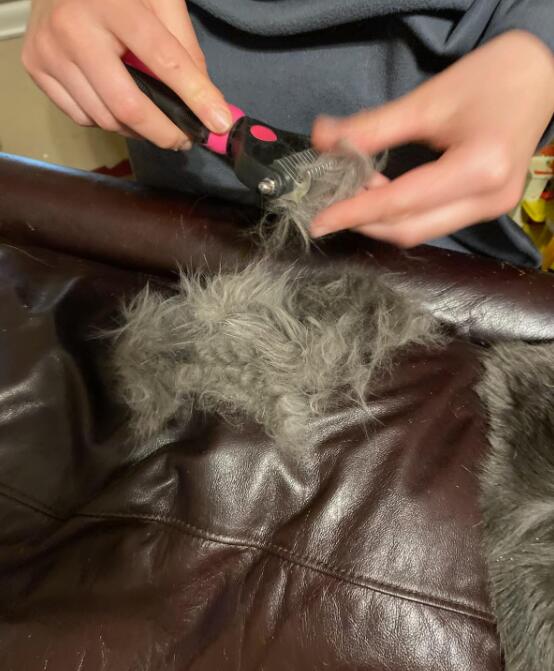Cats are beloved pets that bring joy, companionship, and a sense of serenity to our lives. However, as any cat owner can attest, the hair they leave behind can be a challenge to manage, especially when it comes to their sleeping quarters.
Keeping your cat’s bed clean and free of hair is essential for maintaining a hygienic environment for both you and your feline friend. This article will provide a comprehensive guide on how to effectively clean cat beds, focusing on removing cat hair, selecting the right tools, establishing a regular cleaning routine, and implementing preventative measures to minimize hair buildup.
With these tips and tricks, you can ensure that your cat’s bed remains clean, comfortable, and inviting for your furry companion.
Essential Tools for Hair Removal:
Lint rollers: These are adhesive rolls that can be used to pick up loose hair from fabric surfaces. They are a quick and easy solution for removing hair from cat beds.
Pet hair vacuum attachments: Many vacuum cleaners come with specialized attachments designed to remove pet hair from various surfaces. These attachments can effectively remove hair embedded in cat bed materials.
Rubber gloves: Wearing rubber gloves, dampen your hands slightly and run them over the cat bed’s surface. The hair will stick to the gloves, making it easy to collect and dispose of.
Specialized brushes: Brushes such as the Furminator or other pet hair removal tools can be used to remove hair from cat beds. These brushes have fine bristles that can effectively collect hair.
Techniques for cleaning different bed materials:
Fabric beds: Remove any loose hair using the tools mentioned above. Wash the bed in a washing machine on a gentle cycle with mild detergent. Ensure the bed is completely dry before allowing your cat to use it again.
Wicker beds: Vacuum the bed using a pet hair attachment to remove loose hair. Use a soft brush to clean the wicker surface gently. If necessary, use a damp cloth with mild soap to clean any soiled areas. Allow the bed to dry completely before use.
Plastic beds: Remove any loose hair with a vacuum attachment or rubber gloves. Clean the bed with a mild soap and warm water solution, then rinse thoroughly. Dry the bed completely before letting your cat use it.
Establishing a regular cleaning routine: Set a schedule for cleaning your cat’s bed based on how quickly hair accumulates and the specific needs of your cat. For example, you may need to clean the bed more frequently if your cat has allergies or sheds heavily.
Regularly inspect the bed for signs of wear and tear, as damaged beds can harbor bacteria and make cleaning more difficult.
Preventative Measures to Minimize Hair Buildup:
Regular grooming: Brush your cat regularly to reduce shedding and keep their coat healthy. This will help minimize the amount of hair that ends up on their bed.
High-quality pet beds: Invest in a well-made, durable cat bed that is easy to clean and maintain. Look for beds with removable, washable covers for added convenience.
Blankets or covers: Use washable blankets or covers on your cat’s bed, which can be easily removed and laundered. This will help keep the bed clean and reduce the need for deep cleaning.
Conclusion
We had a detailed conversation about how to clean cat hair from cat beds. We discussed essential cleaning tools, including lint rollers, pet vacuum attachments, rubber gloves, and specialized brushes. We also discussed how to clean cat beds made of different materials, such as fabric, wicker, and plastic. Moreover, we emphasized the importance of regular cleaning and suggested preventative measures, such as regularly grooming the cat, investing in high-quality pet beds, and using washable blankets or sheets to reduce the accumulation of cat hair and maintain a clean and hygienic environment.
By following these guidelines, you can effectively clean your cat’s bed and maintain a hygienic environment for your pet. Regular cleaning and preventative measures will help minimize hair buildup and ensure your cat has a comfortable and clean place to rest.

